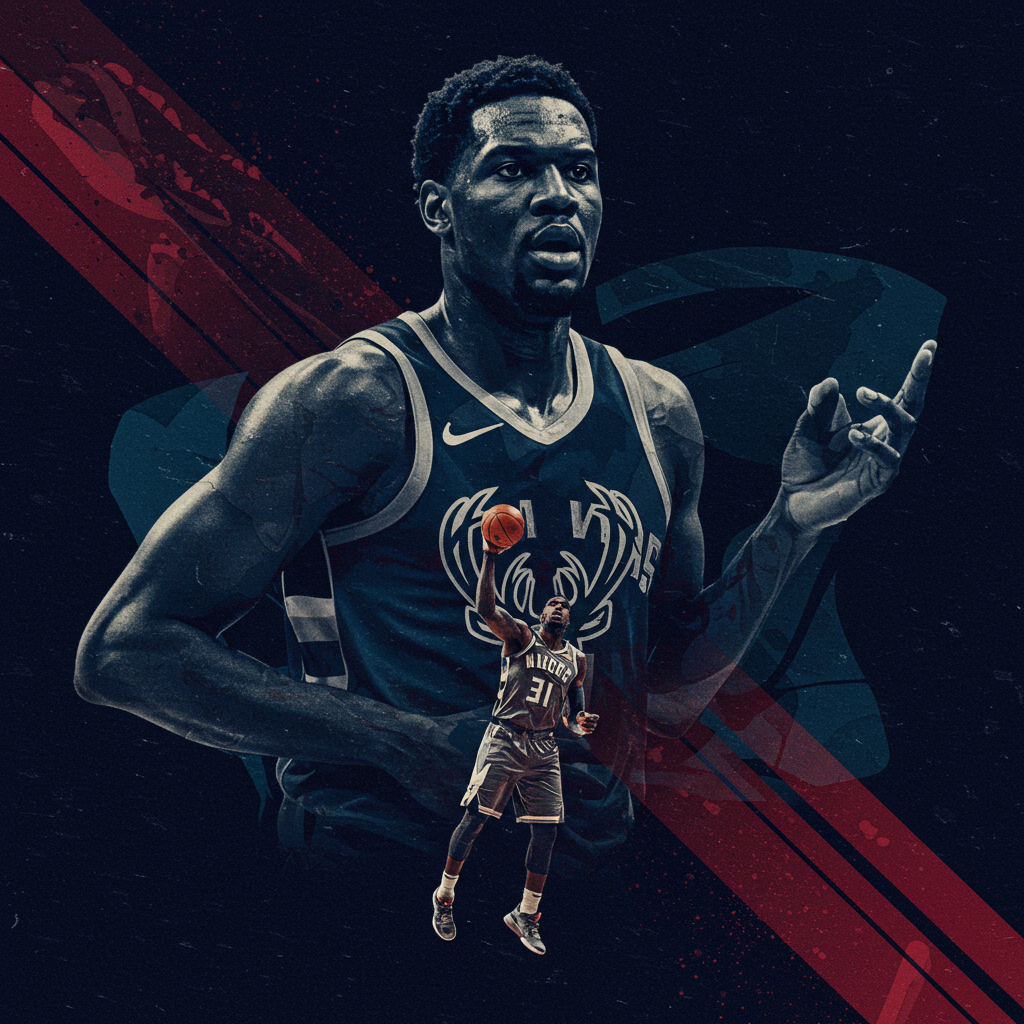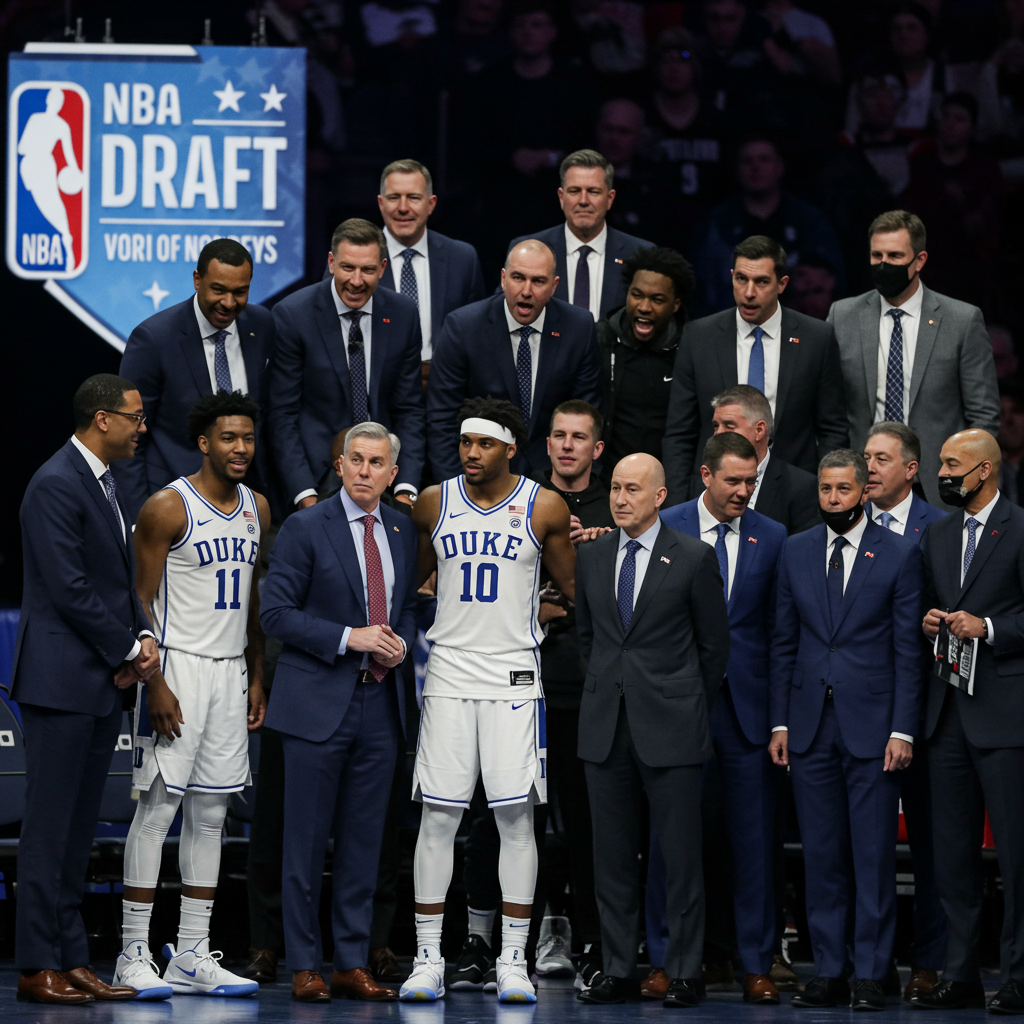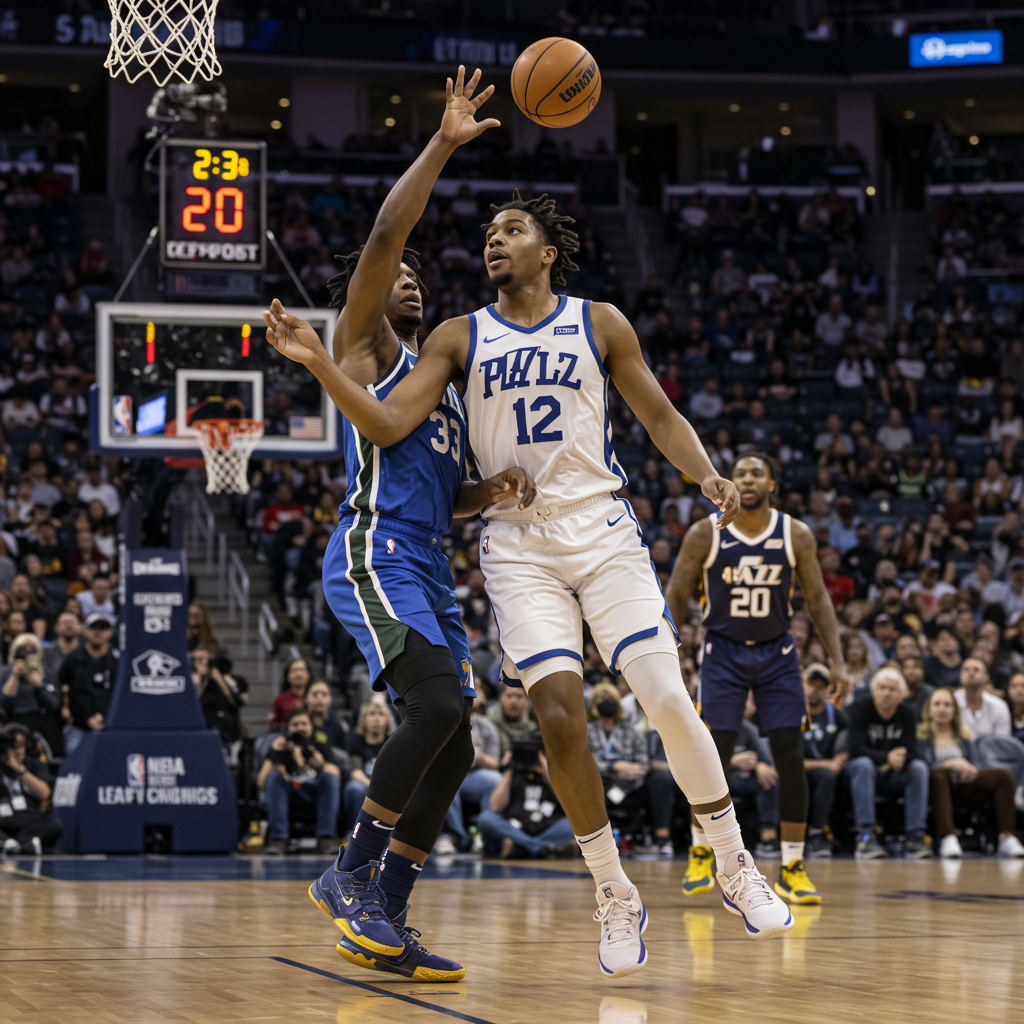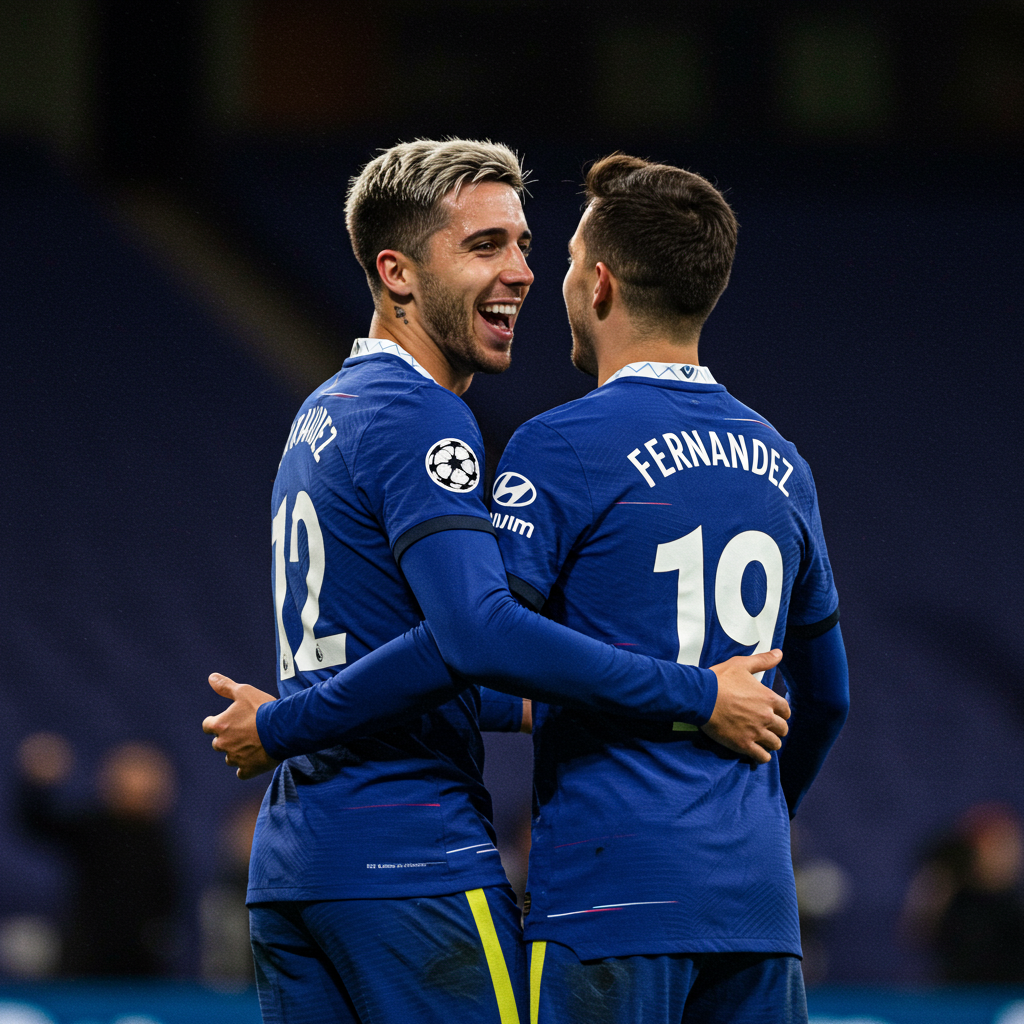The Milwaukee bucks just executed perhaps the most audacious financial maneuver in recent NBA history. Facing uncertainty surrounding superstar Giannis Antetokounmpo’s long-term future, General Manager Jon Horst has gone big again. In a shock move, the Bucks plan to waive nine-time All-Star Damian lillard. This decision comes despite Lillard’s significant guaranteed salary remaining. The dramatic step aims to create the necessary cap space to sign former Indiana Pacers center Myles turner to a substantial four-year, $107 million contract. It’s a high-stakes bet designed explicitly to persuade Antetokounmpo to remain the cornerstone of the Milwaukee franchise.
This isn’t the first time Horst has made seismic moves tied to Antetokounmpo’s contractual status. He previously traded heavily for Jrue Holiday in 2020, paving the way for Giannis’s supermax extension and the 2021 championship. Then, in 2023, he dealt Holiday for Lillard, a transaction followed by another extension from Antetokounmpo. Each time, the goal was clear: demonstrate unwavering commitment to winning to secure the future of the team’s MVP. This latest gamble, however, is arguably the most extreme and financially precarious yet attempted.
The Unprecedented Lillard Waive: A Financial Deep Dive
Waiving Damian Lillard is far from a standard transaction. It became a consideration after his Achilles tendon tear in late April derailed the Bucks’ immediate championship aspirations. Lillard had two years and a combined $112.6 million remaining on his contract. To gain the cap flexibility needed for Turner, the Bucks opted to use the rarely deployed waive-and-stretch provision. This mechanism allows teams to spread a player’s remaining salary cap hit over a period equal to twice the remaining contract years plus one. For Lillard’s two remaining years, this means spreading the $112.6 million over five seasons, creating a “dead cap” hit of approximately $22.52 million annually through the 2029-30 season.
This is not only a massive financial commitment to a player no longer on the roster but also unprecedented in scale. The $112.6 million being stretched is nearly three times larger than the previous record, the New York Knicks stretching $37.8 million remaining on Joakim Noah’s contract in 2018. Tying up roughly 15% of the salary cap in dead money for half a decade represents an extraordinary level of financial peril. While the rising salary cap might mitigate the percentage impact over time, the cash obligation remains fixed and substantial.
Acquiring Myles Turner: A Strategic Pivot
The primary beneficiary of this financial maneuvering is Myles Turner. The 29-year-old center arrives in Milwaukee on a four-year, $107 million deal, adding a younger, more mobile presence at the five position compared to the recently departed Brook Lopez. Turner is known for his combination of elite shot-blocking and 3-point shooting, skills that align with the modern NBA and could offer more defensive versatility than the drop coverage often employed with Lopez.
Turner’s availability itself was a surprise. He was the longest-tenured player for the Indiana Pacers, a team that had a surprisingly deep playoff run, reaching the NBA Finals. Most observers expected him to re-sign in Indiana, especially with Pacers coach Rick Carlisle publicly stating it was a priority. However, Indiana’s perspective shifted dramatically after their star guard Tyrese Haliburton suffered an Achilles tear in Game 7 of the Finals. This injury significantly altered the team’s immediate competitive outlook. Reports indicate the Pacers became hesitant to “overpay” for Turner for a team now expected to be more middle-of-the-pack. The Pacers’ offer reportedly topped out around $23 million per year, falling short of the $27 million average annual value Milwaukee offered. Turner’s inconsistent performance late in the playoffs also reportedly factored into Indiana’s decision-making process.
The Giannis Calculation: Betting on Commitment
At the heart of this complex series of transactions lies Giannis Antetokounmpo. While he hasn’t publicly demanded a trade, his choice to remain quiet during league-wide speculation about his future following the Bucks’ early playoff exit has fueled uncertainty. Antetokounmpo has been clear about his desire to win more championships during his prime. The Bucks are operating under the intense pressure of demonstrating they can build a roster capable of achieving that goal to keep him committed long-term.
Horst’s pattern is evident: major roster shakeups following playoff disappointments, successfully followed by Giannis extensions. The hope is that acquiring Turner and making other depth-adding moves in free agency will convince Antetokounmpo that the franchise remains dedicated to championship contention, even after a disappointing season and significant injuries elsewhere in the league.
Beyond the Stretch: Navigating Cap Constraints
Creating the necessary cap space for Turner required more than just the Lillard stretch. Due to the tight margins, the Bucks executed several smaller moves. This included trading veteran Pat Connaughton and draft picks to Charlotte for Vasilije Micić. While not a significant salary difference, the move was strategic because Micić is expected to return to Europe, allowing for a buyout. This buyout amount also adds a small, stretched cap hit, albeit limited by the total allowed under the 15% stretch cap restriction.
Additional maneuvers included pulling Ryan Rollins’ qualifying offer and renouncing the rights to other free agents. By renouncing free agents, their higher cap holds were replaced by minimum cap holds for empty roster spots. After successfully signing Turner with the generated space, the Bucks gained access to specific exceptions available to “cap room” teams. They used the Room Midlevel Exception ($8.8 million) to sign Kevin Porter Jr. and Gary Trent Jr. They added depth through the Minimum Contract Exception, signing players like Taurean Prince, Gary Harris, and Jericho Sims to two-year deals. These steps helped rebuild the roster around Antetokounmpo and Turner while staying below the luxury tax line for now.
Damian Lillard’s Unexpected Freedom
Interestingly, being waived by the Bucks is reportedly viewed positively by Damian Lillard. League sources indicate he is “elated” by the decision. While he is currently recovering from his Achilles injury, this situation puts him in a uniquely advantageous position. He will continue to receive the full $112.6 million guaranteed by the Bucks over the next two years. Simultaneously, he becomes a free agent, giving him the unprecedented opportunity for an All-Star-level player to choose his next team without the financial aspect driving the decision.
Several contending teams, including the Golden State Warriors, Boston Celtics, and Los Angeles Lakers, have reportedly expressed interest in acquiring Lillard. However, reports also suggest that Lillard may prioritize full recovery, potentially opting to sit out the entire 2025-26 season. This timeline would allow him to enter the 2026 offseason as a fully healthy unrestricted free agent, able to sign with his preferred contender for a championship run, potentially even on a minimum salary deal, as his financial security is already guaranteed by Milwaukee. Rejoining the Bucks, however, is off the table until at least 2027 due to his stretched contract terms.
Eastern Conference Context and Future Peril
The Bucks’ bold move also considers the shifting landscape of the Eastern Conference. Key rivals have faced significant setbacks. The Pacers are reeling from Haliburton’s injury and the loss of Turner. The Boston Celtics also saw Jayson Tatum suffer an Achilles tear during their title defense, prompting subsequent roster adjustments. With no clear-cut favorite emerging from Cleveland, New York, Orlando, and other contenders, the East appears more “up-for-grabs.” The Bucks’ hope is that their revamped roster, centered around Antetokounmpo and featuring Turner, can seize this perceived opportunity.
However, the path forward is fraught with peril. The trades for Holiday and Lillard already stripped the Bucks of significant draft capital. The Lillard stretch now adds a massive, multi-year financial constraint. For the next five seasons, approximately $22.5 million annually in dead cap space will limit their flexibility, particularly in acquiring talent via trade or signing free agents using non-minimum exceptions. GM Jon Horst has demonstrated a willingness to take extreme risks, but the combination of limited draft assets and substantial dead money makes this latest gamble the most precarious yet. Success hinges entirely on whether Antetokounmpo views this calculated risk as sufficient to commit his prime years, and if the new roster configuration with Turner can indeed contend for a championship in a competitive Eastern Conference.
Frequently Asked Questions
Why did the Milwaukee Bucks waive Damian Lillard to sign Myles Turner?
The Bucks waived Damian Lillard, despite his remaining salary, to create the necessary cap space to sign Myles Turner. This move was prompted by Lillard’s Achilles injury late last season. By waiving and stretching Lillard’s remaining contract over five years, they generated significant cap flexibility. The primary goal was to acquire Turner, a younger, versatile center, as a strategic move to improve the roster and demonstrate to Giannis Antetokounmpo the team’s continued commitment to championship contention, aiming to secure his long-term future.
What are the financial implications of waiving and stretching Damian Lillard’s contract?
Waiving and stretching Damian Lillard’s $112.6 million remaining salary over five years results in a dead cap hit of approximately $22.52 million per season for the Milwaukee Bucks through the 2029-30 season. This is the largest amount ever stretched in NBA history and ties up about 15% of the current salary cap annually. It significantly limits the team’s future financial flexibility for acquiring players via trade or free agency using larger exceptions, compounding the risk associated with their limited draft capital.
How does waiving Damian Lillard impact his future and potential return to the NBA?
Damian Lillard is reportedly “elated” by being waived, as it guarantees his remaining $112.6 million salary from the Bucks while making him a free agent. This unique position allows him to choose his next team based on basketball fit for a championship run, potentially even signing for a minimum salary. Several contenders are interested. However, he is recovering from an Achilles injury, and reports suggest he might skip the 2025-26 season to fully rehabilitate before signing with a team, possibly in the 2026 offseason. He cannot rejoin the Bucks until his original contract term, stretched or not, expires in 2027.




